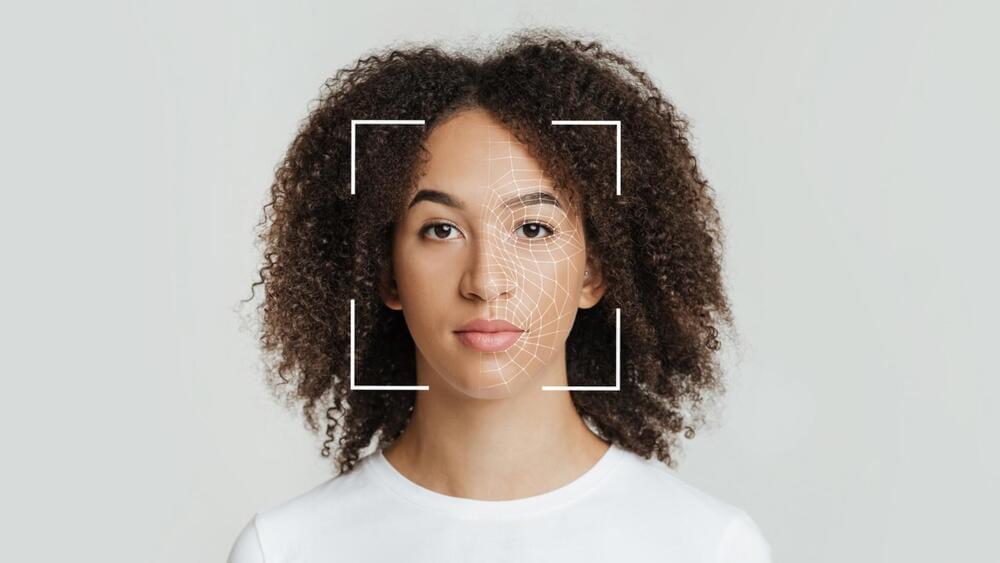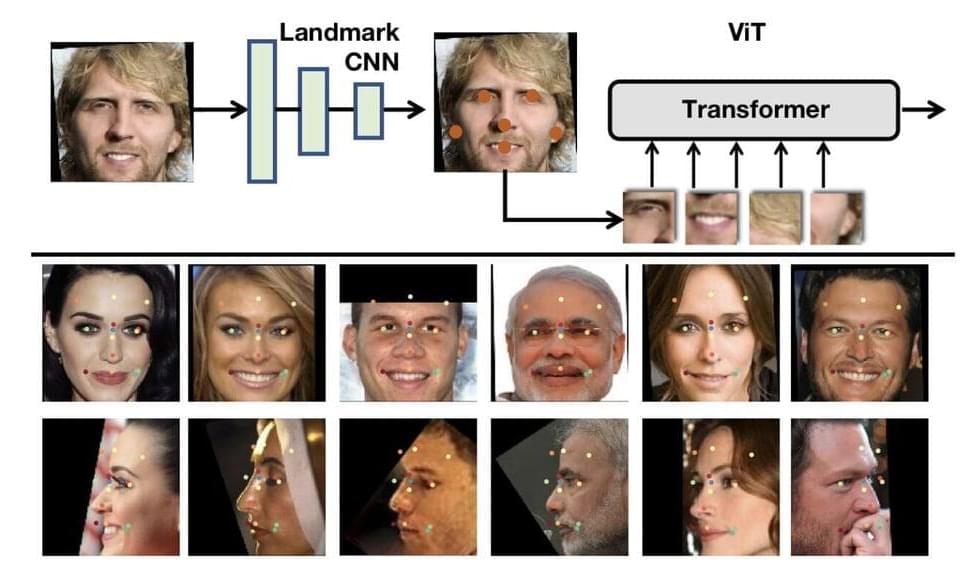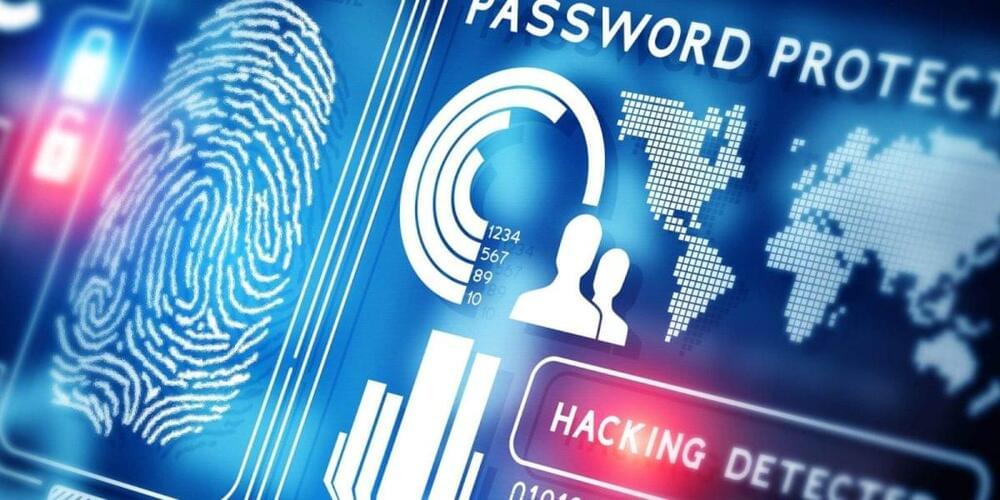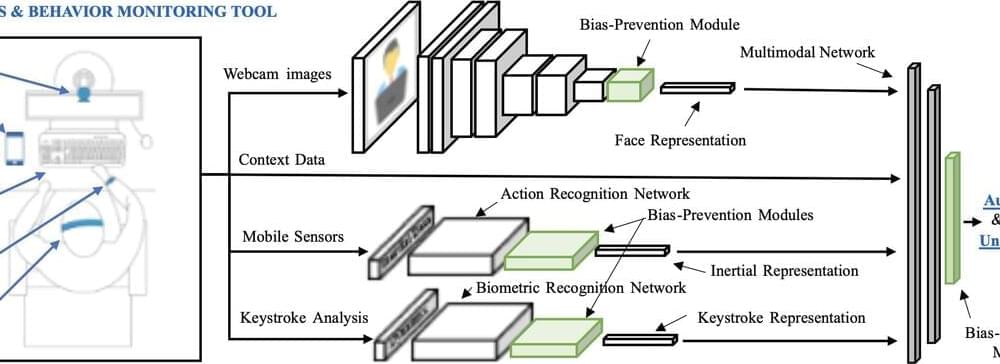It is as weird as Saudi Arabia giving an AI citizenship.
Italy is the first Western country to prohibit the advanced chatbot ChatGPT according to authorities. The Italian data protection authorities expressed privacy concerns about the model, which was developed by the US start-up OpenAI and is supported by Microsoft.
Authorities also accused OpenAI of failing to verify the age of its ChatGPT users and of failing to enforce laws prohibiting users over the age of 13. Given their relative lack of development, these young users may be exposed to “unsuitable answers” from the chatbot, according to officials.
NurPhoto/Getty Images.
The Italian data protection authorities expressed privacy concerns about the model, which was developed by the US start-up OpenAI and is supported by Microsoft.





 עברית (Hebrew)
עברית (Hebrew)


